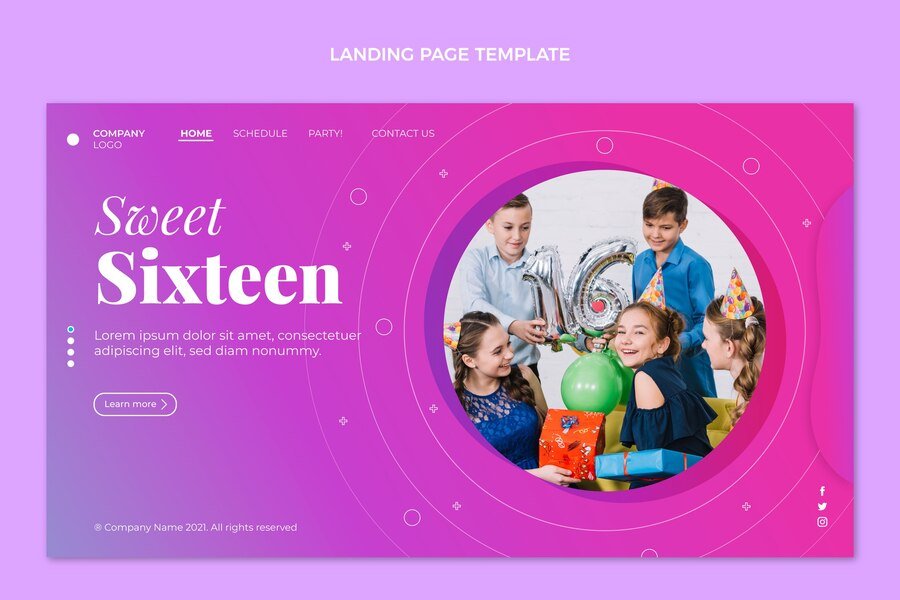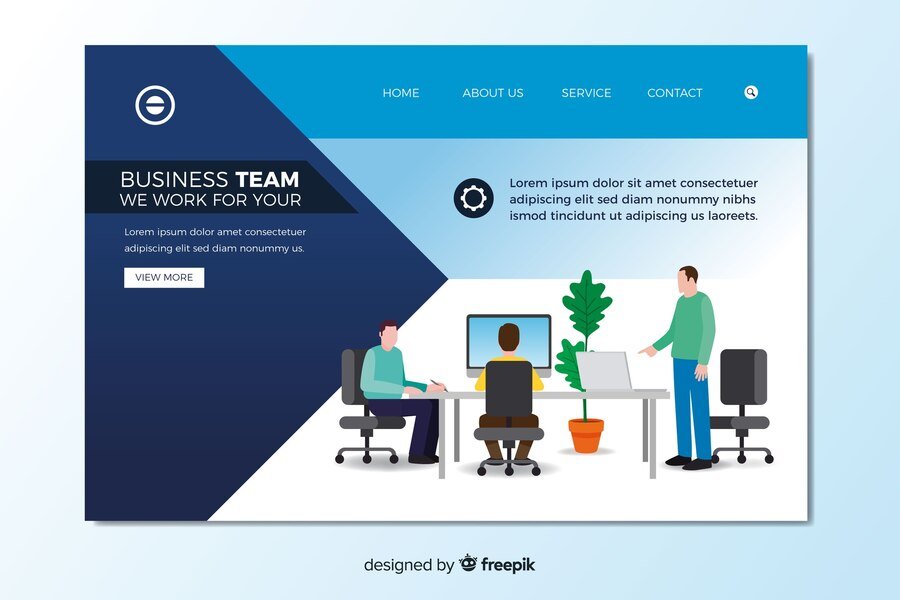Introduction
In today’s digital age, a well-designed website is essential for yoga instructors aiming to expand their reach and attract new students. A strong online presence can set you apart from the competition, providing a platform to showcase your expertise, classes, and unique approach to yoga. This article delves into the critical elements of yoga website design instructors, offering comprehensive insights to help you create a visually appealing, user-friendly, and highly effective website.
Understanding the Importance of a Yoga Instructor Website
Having a dedicated website as a yoga instructor serves multiple purposes. It acts as a virtual storefront, offering potential students a glimpse into your offerings and teaching style. Additionally, it establishes your credibility and professional presence in the yoga community. With the right design, your website can become a powerful tool for marketing, student engagement, and business growth.
Key Elements of an Effective Yoga Instructor Website
1. Clear and Compelling Homepage
The homepage is the first impression visitors will have of your site. It should be visually appealing and easy to navigate, providing a clear overview of who you are and what you offer. Include high-quality images, a welcoming message, and a brief introduction to your teaching philosophy.
Key Features:
- High-Quality Imagery: Use professional photos that capture the essence of your yoga practice.
- Concise Introduction: Provide a brief but compelling introduction to yourself and your yoga teaching style.
- Call to Action (CTA): Encourage visitors to explore further, whether it’s signing up for a newsletter, checking the class schedule, or booking a session.
2. Comprehensive About Page
The About page is your opportunity to share your journey, qualifications, and personal story. This helps build trust and connection with potential students.
Key Features:
- Personal Story: Share your journey into yoga and what inspires you as an instructor.
- Qualifications and Certifications: Highlight your credentials and any specialized training.
- Professional Philosophy: Explain your approach to teaching yoga and what students can expect from your classes.
3. Detailed Class Schedule
An up-to-date class schedule is crucial. It should be easily accessible and provide all necessary details, including class times, locations, and descriptions.
Key Features:
- Interactive Calendar: Allow users to view and book classes directly from the website.
- Class Descriptions: Provide detailed descriptions of each class, including the level of difficulty, style of yoga, and any special requirements.
- Location Information: Clearly indicate where each class will take place, with maps or directions if necessary.
4. Online Booking System
An integrated booking system simplifies the process for students and helps you manage attendance. Ensure it is user-friendly and secure.
Key Features:
- Easy Booking: Allow students to book and pay for classes online.
- Automated Confirmations: Send automatic email confirmations and reminders to students.
- Secure Payment Gateway: Ensure all transactions are secure to protect your students’ information.
5. Informative Blog
A blog is an excellent way to share your knowledge, connect with your audience, and improve your website’s SEO. Regularly update it with articles on various aspects of yoga website design , wellness, and lifestyle.
Key Features:
- Engaging Content: Write articles that are informative, engaging, and relevant to your audience.
- SEO Optimization: Use keywords strategically to improve your search engine ranking.
- Multimedia Integration: Include images, videos, and infographics to make your posts more engaging.
6. Testimonials and Reviews
Positive testimonials and reviews can significantly influence potential students’ decisions. Display these prominently on your site.
Key Features:
- Authentic Reviews: Include genuine testimonials from your students.
- Diverse Feedback: Showcase a range of experiences to appeal to different types of students.
- Visual Appeal: Use photos or videos of students sharing their experiences to make testimonials more relatable.
7. Contact Information
Make it easy for visitors to get in touch with you. Include a contact form, email address, phone number, and links to your social media profiles.
Key Features:
- Contact Form: Ensure the form is simple and straightforward.
- Multiple Contact Options: Provide various ways for students to reach out, catering to different preferences.
- Social Media Integration: Link to your social media profiles to encourage further engagement.
8. Mobile-Friendly Design
With many users accessing websites from their mobile devices, a mobile-friendly design is essential. Ensure your website is responsive and looks great on all screen sizes.
Key Features:
- Responsive Layout: Design your site to adapt seamlessly to different devices.
- Fast Load Times: Optimize images and scripts to ensure quick loading times on mobile devices.
- User Experience: Maintain a user-friendly interface that is easy to navigate on smaller screens.
Best Practices for SEO Optimization
To ensure your website ranks well on Google and other search engines, implement the following SEO best practices:
1. Keyword Research
Identify and incorporate relevant keywords throughout your website. Use tools like Google Keyword Planner to find terms that your target audience is searching for.
2. On-Page SEO
Optimize each page of your website with the following elements:
- Title Tags: Include your primary keyword in the title tag of each page.
- Meta Descriptions: Write compelling meta descriptions that include keywords and entice users to click.
- Header Tags: Use H1, H2, and H3 tags to structure your content and include keywords where appropriate.
- Alt Text for Images: Describe images with relevant keywords in the alt text.
3. Quality Content
Create high-quality, original content that provides value to your visitors. This not only improves SEO but also establishes you as an authority in your field.
4. Backlinks
Build backlinks from reputable websites. This can be achieved through guest blogging, partnerships, and creating shareable content.
5. Local SEO
Optimize your website for local search results by including your location in keywords, creating a Google My Business profile, and encouraging local reviews.
Enhancing User Experience
A well-designed website not only attracts visitors but also keeps them engaged. Here are some tips to enhance user experience:
1. Intuitive Navigation
Ensure your website is easy to navigate. Use a clean, simple menu structure and include a search function.
2. Visual Appeal
Use yoga website design consistent color scheme, high-quality images, and professional design elements to create a visually appealing site.
3. Fast Load Times
Optimize your website for speed by compressing images, leveraging browser caching, and minimizing scripts.
4. Accessibility
Make your website accessible to all users, including those with disabilities. Use alt text for images, provide transcripts for videos, and ensure the site is navigable via keyboard.
Conclusion
Creating a yoga website design instructor involves a careful balance of aesthetics, functionality, and SEO optimization. By focusing on the key elements outlined above, you can build a site that not only attracts visitors but also converts them into loyal students.








